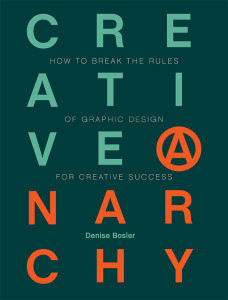Does a Cracker Really Need a 20,000-Mile Epic Journey?

In the next town over, there’s a store I frequent that sells remaindered natural foods. I bought some whole-grain rye crackers there recently, costing 99 cents for an 8.8 ounce package. Yesterday I noticed this astonishing bit of small print on the label:
Made in England from local and imported ingredients…Imported and distributed by [address in Australia] and [address in New Zealand].
Our nearest full-scale international airport is in Boston, Massachusetts, USA, about 100 miles away. Googling the distances, it’s about 20,000 miles from England to Boston via either Australia or New Zealand.
The cracker label does something very odd about ingredients: wholegrain rye flour and salt are listed, and then—presumably because they’re recycling the same back panel across several flavor varieties—”May Contain Oats (Gluten), Wheat (Gluten), Sesame Seeds, Soya.” It’s a fair guess that at least the sesame (definitely included in this flavor) and soy traveled an additional few thousand miles to get to the factory in England.
Mind you, I’m not a locavore purist. Yes, I prefer to eat local, but I’ve got plenty of olive oil, chocolate, and other products in my kitchen that don’t grow around here. But when there is a local product available, I prefer to buy it. Years ago, I stopped buying the very wonderful bread I used to get because it’s made in California, and there’s perfectly lots of good bread made within 10 miles of my house—and I’ve basically only bought locally baked bread since then. (I did buy a loaf of my old favorite when I was in Berkeley, where it was local.)
Grains can be grown in my area, and some of the local bakeries actually use local ingredients (including a tortillaria that uses local, organic heirloom corn, and their tortillas are delicious).
It should not even be possible that something could travel 3/4 of the way around the world, be sold to me at that price, and have anyone involved make a profit. The shipping costs alone have to be much higher than that. And if externalities were counted and the true costs figured in, I should have been looking at a price tag somewhere around $10.
In the privileged middle-class country where I live, the impact is somewhat modulated, because only a small percentage of people make their living as farmers, and many of those farmers have secured markets that are insulated from these kinds of macroeconomics games (farmers markets, specialty restaurants, etc.). But talk to any dairy farmer in the US, and you’ll find that the economics are very troubling.
And when imports are dumped below-cost into subsistence farm economies in developing countries, the results can be tragic. Farmers who cannot compete with these artificially low prices lose their markets, and eventually their land. They crowd themselves into massive urban slums where they can find menial jobs, and those overcrowded megacities become crime-invested nightmares—while the land they once farmed withers or is polluted by some big industrial scheme where manufacturing jobs have been outsourced because it’s cheaper to operate in countries without strong environmental regulations.
We need to rethink our food economics and our whole consumer economy. Desperately.




